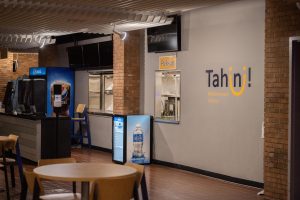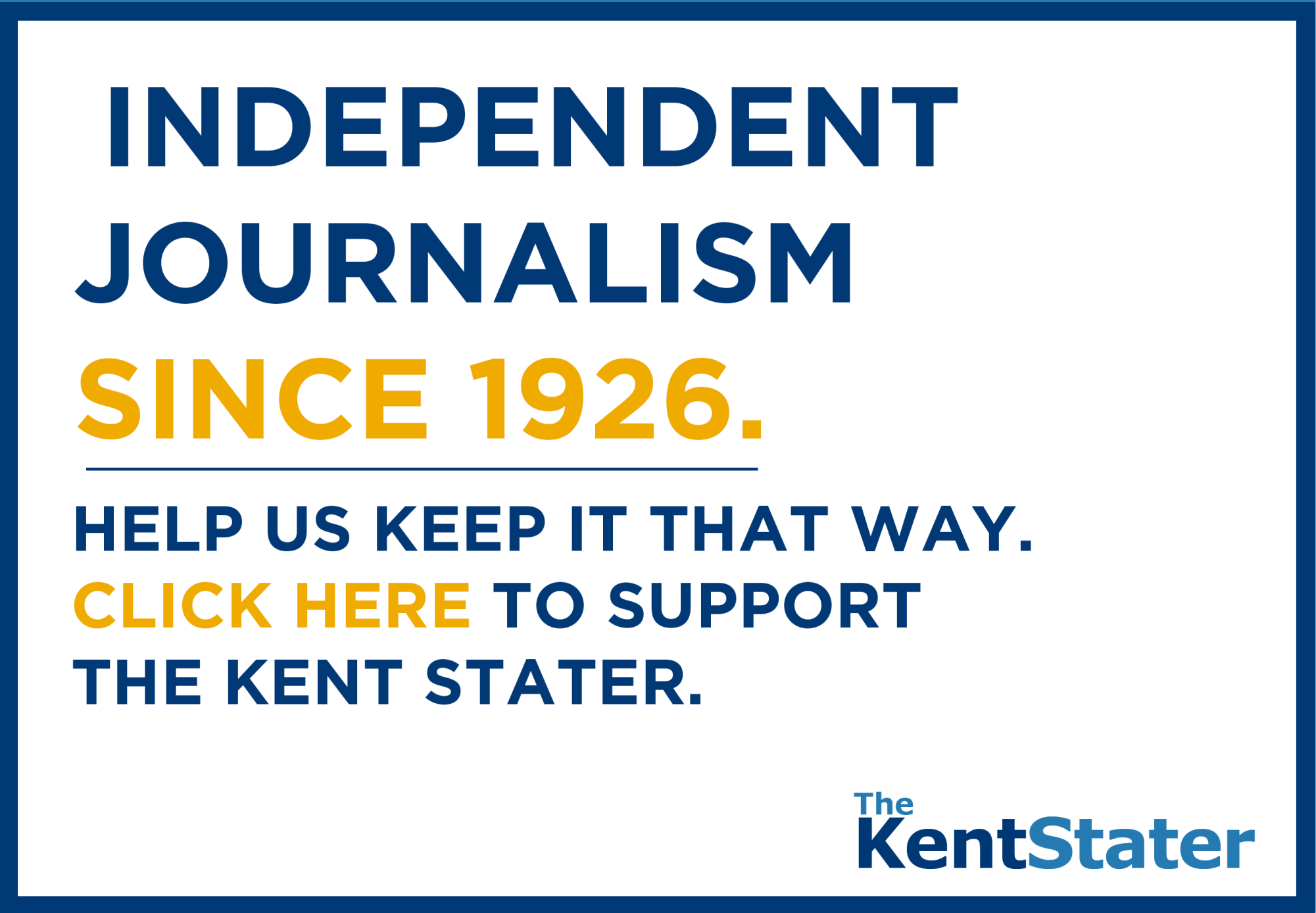Program for freshmen offers support in sciences
August 14, 2007
The Science Learning Community, a student group for Kent State freshmen who are either first-generation college students or are underrepresented in the sciences, is set to begin a new year with fresh faces.
The living-learning community is for students majoring in biology, chemistry, physics or a related field of study, according to the community’s Web site.
Dana Andric-Lawless, associate director of Pre-College-TRiO Programs and 3-year coordinator of the learning community, said this program is one of the more successful communities on campus.
“It was one of the first learning communities that came out of a pot of money the provost put out to create support and retention (for first-generation and underrepresented students),” Andric-Lawless said. “When a student transitions here, they need a supportive environment to stay and do well in their classes. In particular, this community was designed to focus on students in the sciences, giving them a good foundation to be successful.”
An annual report on the program showed 87 percent of Scientific Leaning Community participants remaining at Kent State after their involvement in the program continue to major in their fields, including nursing.
Community members live together in McSweeney Hall and “engage in a variety of activities to build strong academic foundations for success in science classes,” such as forming study groups and meeting as a group regularly to help tutor each other, according to the community’s Web site.
“We’ve had a strong track record of success,” Andric-Lawless said. “They’ve got each other’s backs, they’re in (the same) classes, so they travel together.”
“The (community) is set up so we have two to three study sessions every week in the library and in their hall with (staff),” she said.
The community is a group of around 30 freshmen majoring in the sciences. Andric-Lawless said although this may seem like a low number, she’s “very rarely shut (her) door to a student.”
Many students who join the community their first year often stay involved with the new groups as mentors.
Lindsey Brenizer, sophomore physics major and participant in last year’s group, said she enjoyed the group so much she will return to it as a mentor this fall.
“It’s like a tutor, like a role-model kind of position,” Brenizer said. “You help freshmen out, get them introduced to the Kent community, help them find their classes, help them with their work.”
One of the major benefits of joining the Scientific Learning Community is the opportunity to work with faculty on research projects after the program ends.
Paul Sampson, professor of chemistry and Scientific Learning Community faculty adviser, said faculty will come to the meetings and talk to participants about research and graduate school opportunities. Students often begin their research doing experiments with known outcomes and continue from there.
“We are trying to take that one step further and embed more open-ended research,” Sampson said. “Even at the freshman REEL (Research Experience to Enhance Learning program), we’ve embedded this into our freshman chemistry curriculum, where we have students work on a research project for a few weeks.”
Senior biology major Kimberly Bean started out in the program and now works with biology department faculty on their research part-time during the regular school year and full-time in the summer.
For more information on the Scientific Learning Community, students can contact Andric-Lawless at [email protected], or reach her by phone at (330) 672-2920.
Contact College of Arts and Sciences reporter Tim Jacobs at [email protected].












